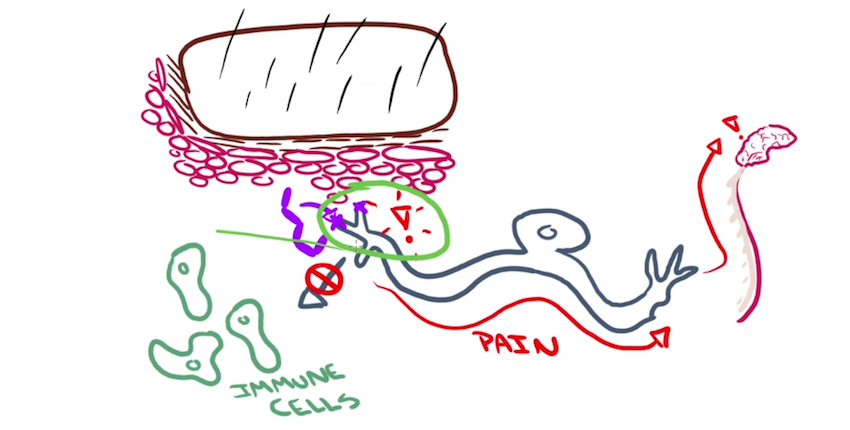
The germ that causes garden-variety strep throat gets most of its bad rap for the misery of swollen tonsils and missed school days, but this wily pathogen has a lesser known, darker side.
The bacterium, known as Streptococcus pyogenes,is also the leading cause of serious flesh-eating disease, known as necrotizing fasciitis, which occurs in as many as 1,200 people each year in the United States and in 200,000 people worldwide.
Although rare, the infection, which burrows deep under the skin and eats into connective tissue and muscle, is notoriously hard to diagnose and treat promptly and can rapidly become fatal.
What enables this bacterium to foil the body’s defenses and wreak such massive tissue damage?
So far, the answer has remained elusive, but new research, led by Harvard Medical School scientists and conducted in mice, provides intriguing insight into the tactics used by S. pyogenes and points to several new ways to contain it.






